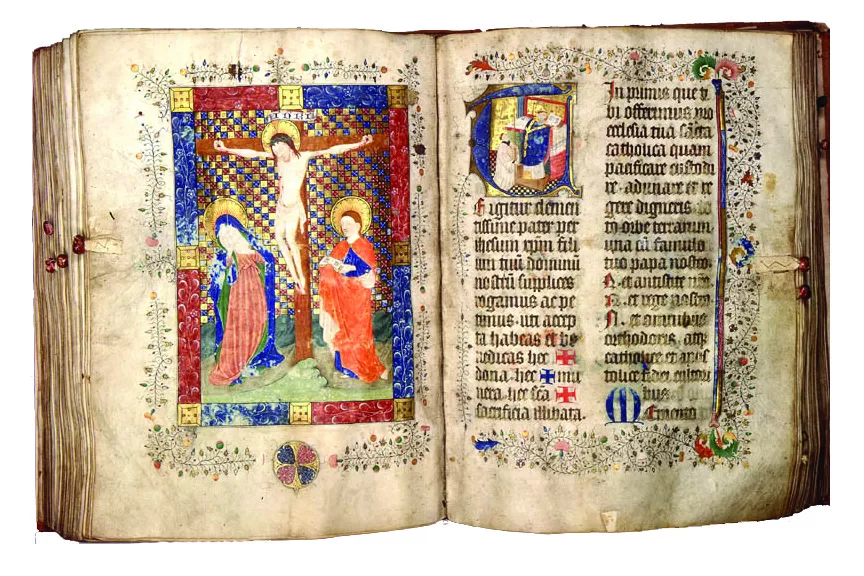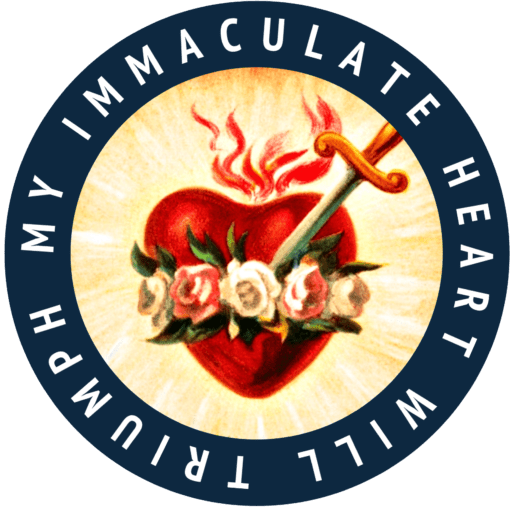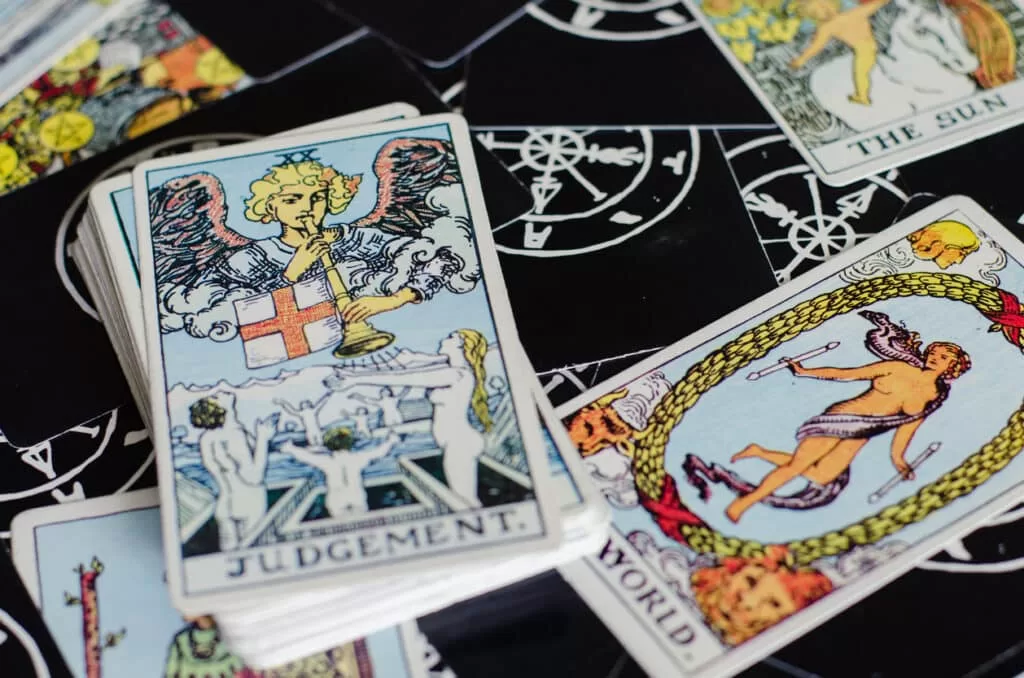
Tag: ourlady
-

An ancient Irish litany to the Blessed Virgin Mary
Read More: An ancient Irish litany to the Blessed Virgin MaryIt is likely that this litany was used at the monastery of Clonsast around the year 725 and was later translated into Latin. Here below is an English translation of the original Irish from the 8th century. O GREAT Mary, [pray for us]Mary, greatest of Marys,Most great of women,Queen of the angels,Mistress of the heavens,Woman…
-

3PM HOUR OF MERCY PRAYER
Read More: 3PM HOUR OF MERCY PRAYER3PM HOUR OF MERCY PRAYER V: You expired Jesus, but the source of life gushed forth for souls, and the ocean of mercy opened up for the whole world. All: O Fountain of Life, unfathomable Divine Mercy, envelop the whole world and empty Yourself out upon us. V: O Blood and Water which gushed…
-

Where did St. Joseph die?
Read More: Where did St. Joseph die?By Aleteia St. Joseph is widely known as the patron saint of a “happy death,” but do we even know where he died? The Bible does not give us much information about St. Joseph, aside from a few verses that explain what he did in Jesus’ early childhood. After Jesus’ childhood, it is not certain…
-

Vatican confirms miracle for new Canadian saint
Read More: Vatican confirms miracle for new Canadian saintOn Wednesday, January 24, the Vatican Dicastery of the Causes of Saints officially approved a second miracle that was attributed to the intercession of Bl. Marie-Léonie Paradis. The miracle involved the medically unexplained recovery of a baby girl on November 9, 1986. The baby was born without any signs of life, but after her family prayed for the…
-

The Blessed Ulma family Bible had 3 verses underlined
Read More: The Blessed Ulma family Bible had 3 verses underlinedBy Aleteia While the universal Church is just now getting to know the Ulma family — and finding ourselves in awe at their testimony and what this family means for the Church everywhere — in their hometown of Markowa, they’ve been well known for decades. They were known and loved by their neighbors even before their tragic…
-

Chaplet of the Two Most Holy Hearts |Free Downloads!
Read More: Chaplet of the Two Most Holy Hearts |Free Downloads!Powered By EmbedPress
Search
Popular Posts
-
🙏 A New Chapter Begins: Supporting Pope Leo XIV with Prayer and Hope | W/ Daniel O’Connor
“Give the new pope a break and support him with your prayers.”–…
-
Possible Candidates for The Next Pope!
Some Candidates for the New Papacy Today we will share with you…
Categories
Archives
Tags
#Miracles (102) 2023 (4) 2024 (4) approved miracles (2) catholic (141) catholic blog (375) catholic meditations (7) catholic miracles (371) catholic motivation (2) catholic news (371) catholic prayers (4) CatholicSeers (359) catholic vlog (375) catholic websites (6) Eucharistic miracle (2) fr jim blount (3) GisellaCardia (11) hamas (3) imitation of christ (2) Israel (4) israel live (5) Israel news (9) jesus (3) jesus christ (4) Latest messages (11) lent 2023 (10) lent 2024 (4) lent homily (2) lent retreat (4) lent retreat 2023 (3) Lourdes (2) messages from god (6) MessagesFromHeaven (364) miracles of catholic church (2) mother and refuge (2) ourlady (325) OurLadyApparitions (22) our lady of lourdes (2) Pope (2) POPE francis (3) pope francis news (2) prayers (3) real miracles (356) sacred heart of jesus (2) The Miracles of Lourdes (2)








